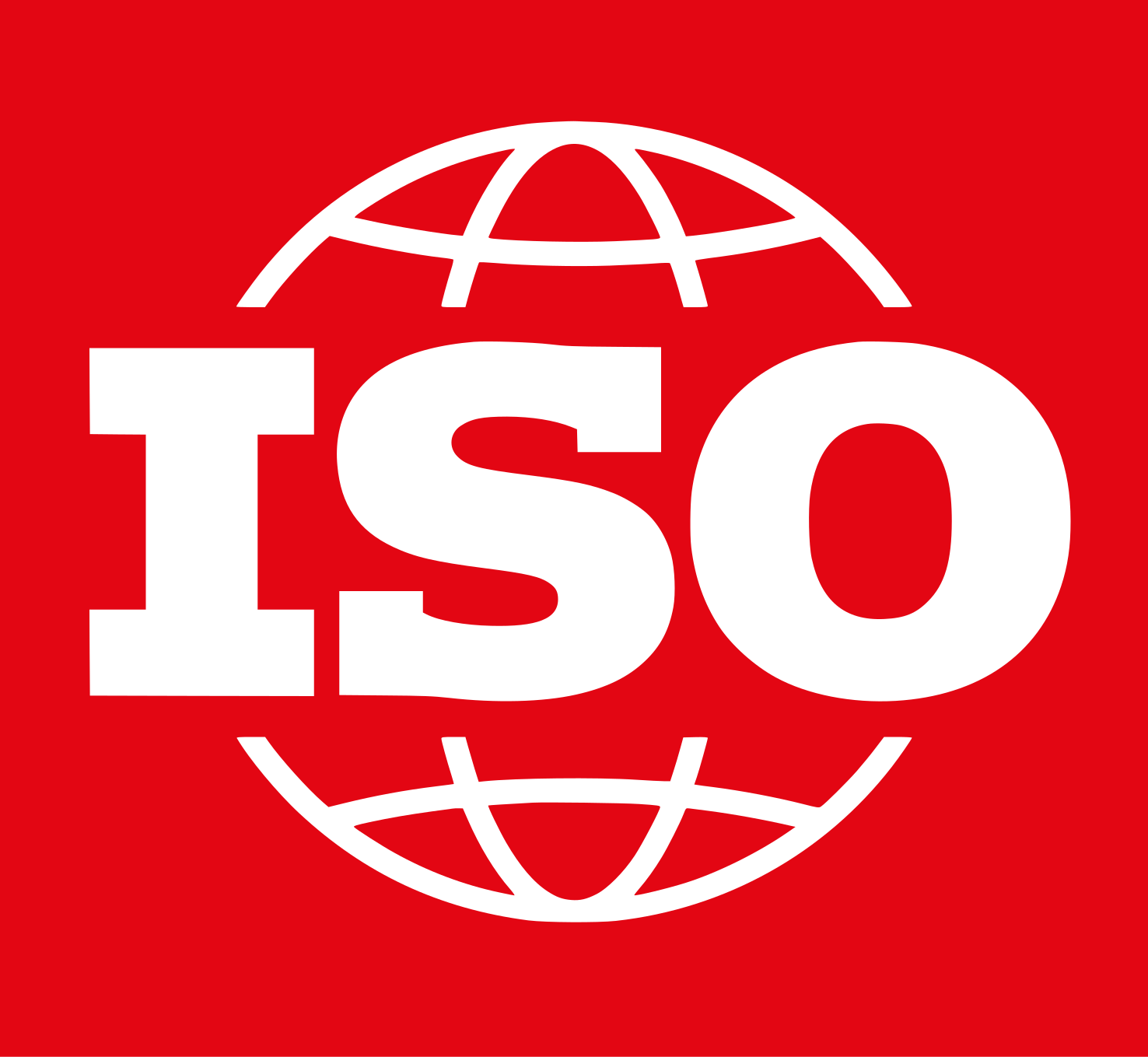Geographic information - Positioning services
This document specifies the data structure and content of an interface that permits communication between position-providing device(s) and position-using device(s) enabling the position-using device(s) to obtain and unambiguously interpret position information and determine, based on a measure of the degree of reliability, whether the resulting position information meets the requirements of the intended use. A standardized interface for positioning allows the integration of reliable position information obtained from non-specific positioning technologies and is useful in various location-focused information applications, such as surveying, navigation, intelligent transportation systems (ITS), and location-based services (LBS).

ISO 19116:2019
https://www.iso.org/standard/70882.html